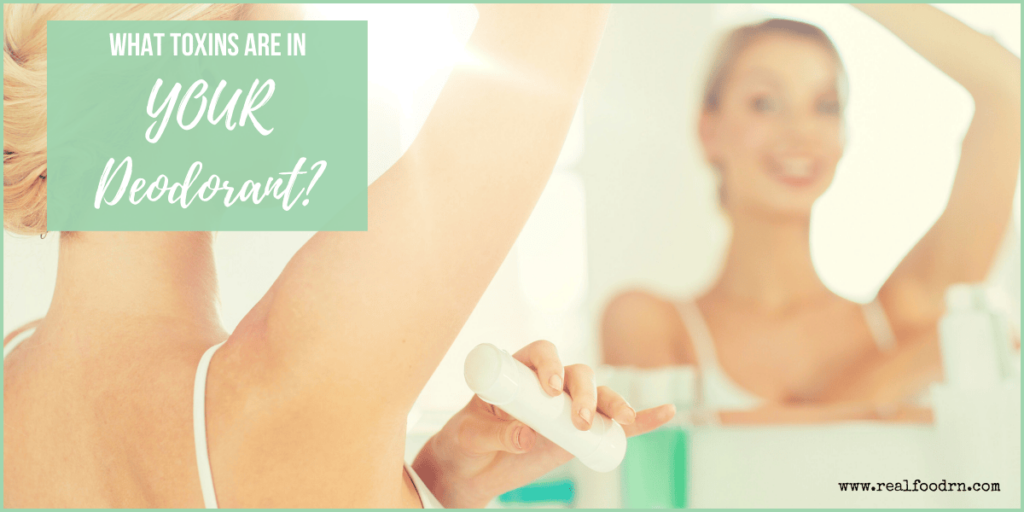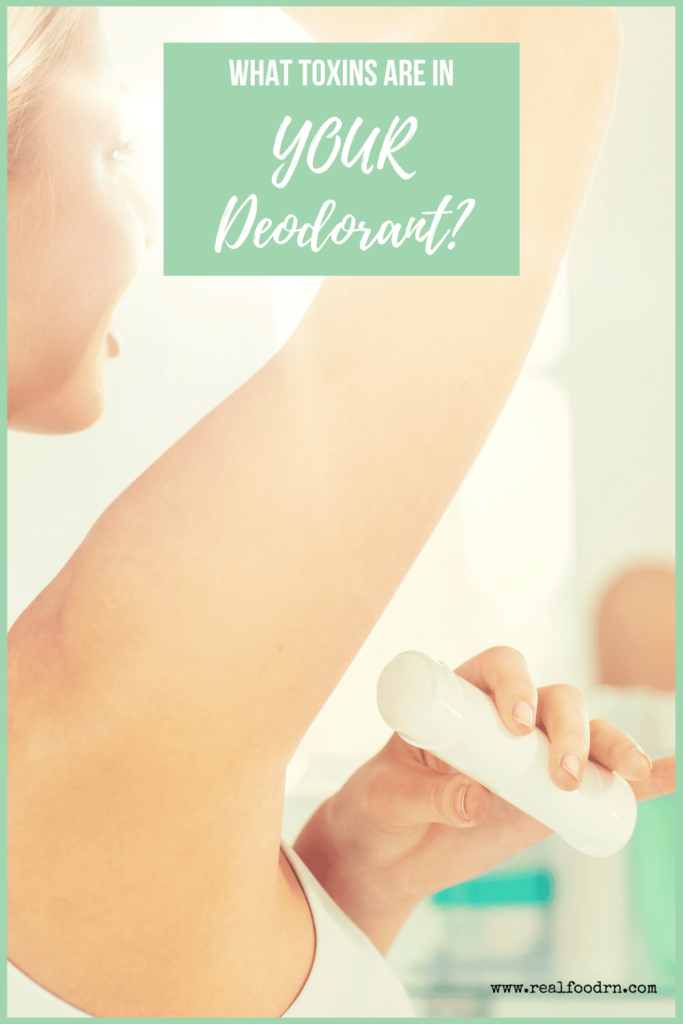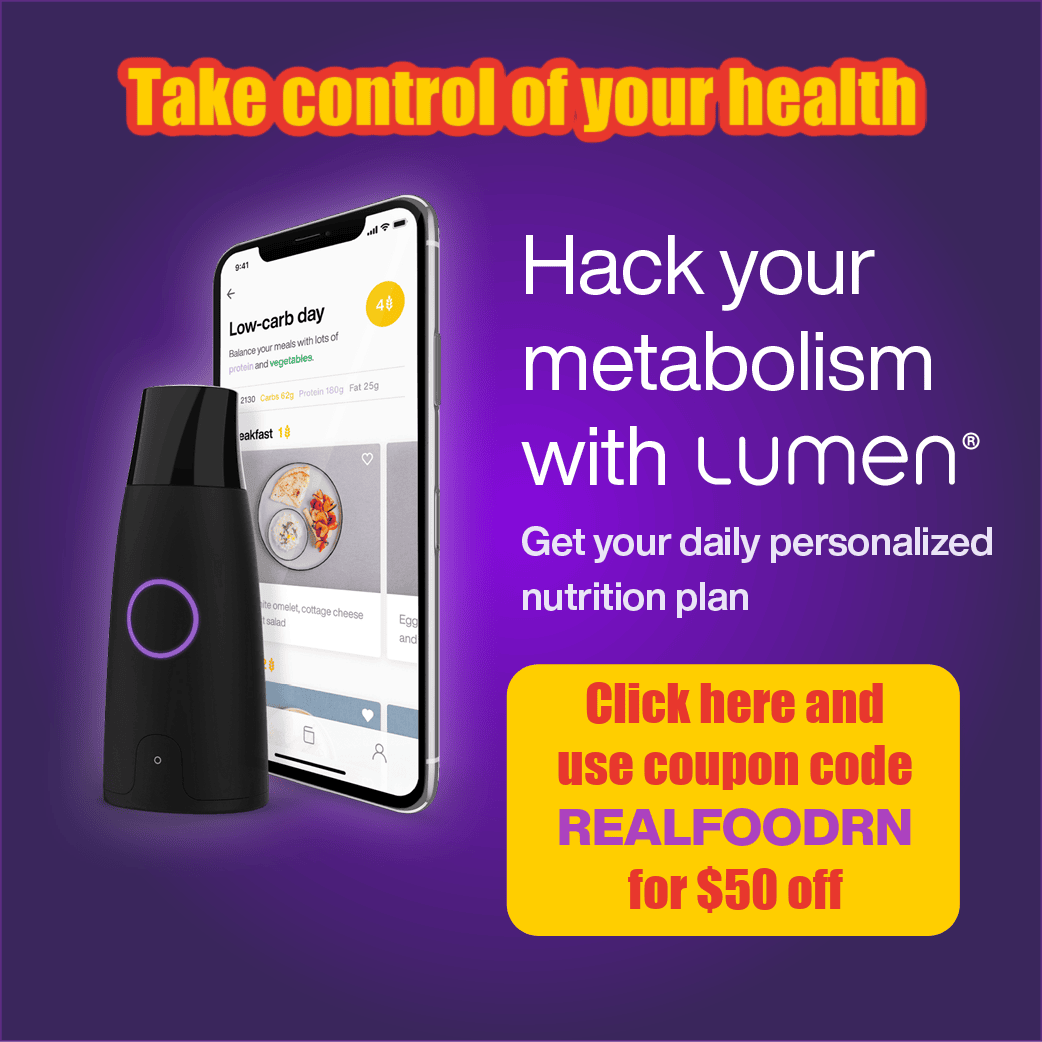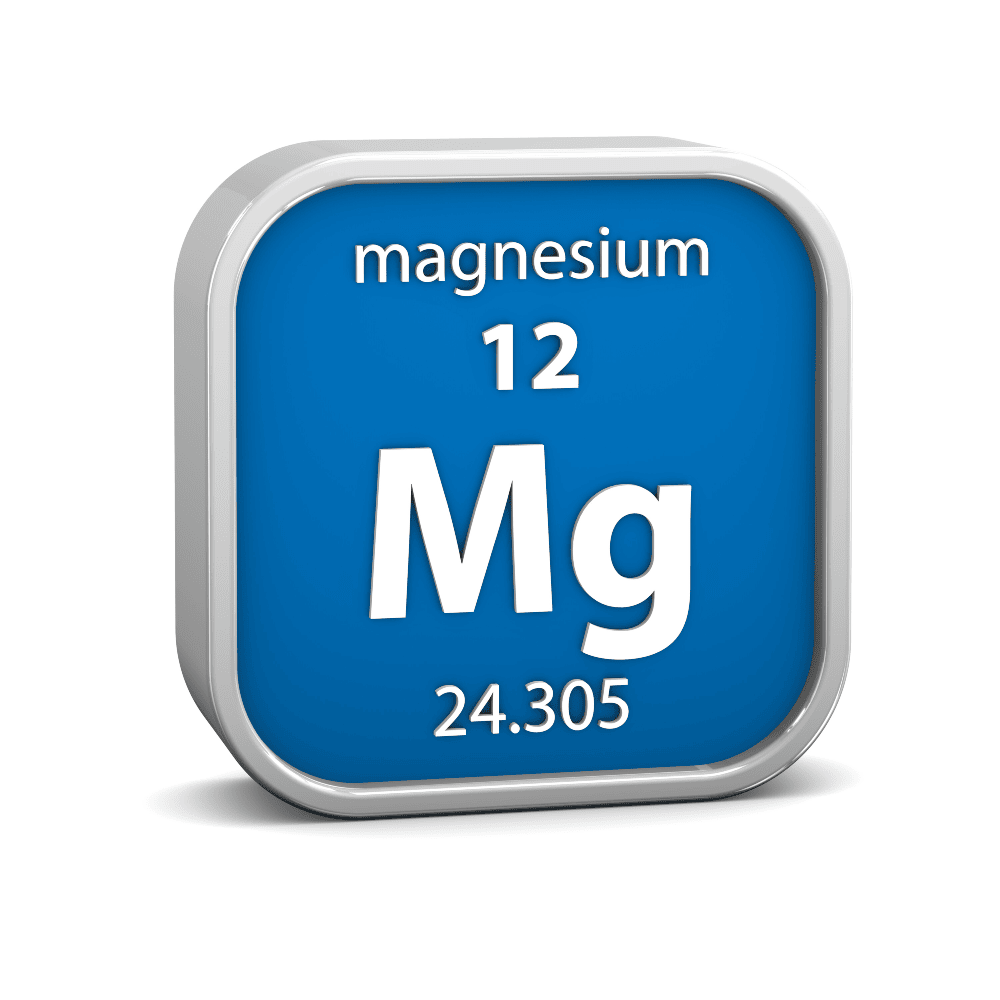
I’ve got good news and bad news for you. The good news is that more people are becoming aware of all the toxins in deodorant. The bad news is that there’s a great deal of conflicting and confusing information out there about how toxic deodorant ingredients can harm your long-term health.
You should be concerned about what’s in your deodorant because the chemicals you put on your skin can be absorbed and enter the bloodstream without being metabolized. Many toxins in deodorant have been found to interfere with developmental and reproductive hormones in the body. This is especially concerning because the underarm area is fleshy, and toxins can be stored in fat cells in that area. Besides this, underarm tissue contains hormone receptors that can respond to the chemicals you’re slathering on your pits.
Today, we’ll explore the truth about what ingredients to watch out for when choosing a deodorant. Because another home truth is that NOT all “natural” deodorants are the same, and they aren’t all safe! It’s time to compare your favorite brand against the following list of toxic deodorant ingredients to ensure you aren’t harming yourself unknowingly.
The 5 Most Toxic Deodorant Ingredients
Aluminum
While most deodorant doesn’t include aluminum, it’s in most commercial deodorant-antiperspirant combinations. While it is getting easier to find a deodorant that doesn’t also contain antiperspirant, you must read the labels on all your personal products. Aluminum has been linked to a higher risk of developing breast cancer. In recent studies, aluminum has been shown to contribute to Alzheimer’s. The best way to avoid aluminum is to use deodorant only and skip the antiperspirant since it’s almost impossible to find an antiperspirant that isn’t loaded with aluminum.
Besides, our bodies are meant to sweat! We sweat to keep our bodies at a cool temperature and to release toxins. The worst thing we can do is block off the way our bodies naturally release the toxins we build up from our environment. When looking for a clean solution to your drug store deodorant, read the label and put back anything that includes aluminum compounds, aluminum zirconium tetrachlorohydrex gly, aluminum salts, or aluminum chlorohydrate.
Phthalates
This group of chemicals is used to soften everything from your skin to formed plastic. You and your family likely encounter phthalates multiple times daily in lotions, shampoos, cleaning products, and plastic packaging. Phthalates are used in many deodorants to help them stick to your skin.
Phthalates are recognized hormone disruptors, impacting testosterone and estrogen in the body. In animal studies, these harmful chemicals have been shown to cause congenital disabilities, premature births, decreased and damaged sperm, as well as learning, attention, and behavioral disorders.
A 2011 study found that pregnant women with high levels of phthalates in their urine were more likely to have daughters who developed anxiety, depression, and hyperactivity as early as age three. A different study from 2014 found a strong link between prenatal exposure to phthalates (often used in air fresheners) and a child’s future asthma risk.
The Environmental Working Group (EWG) reported in a study published in February 2021 showing that prenatal exposure to “plasticizer chemicals” can harm children’s brain development. Scientists claim that phthalates are so powerful, even in minute quantities, that they can reprogram a person’s genes, triggering diseases in future generations. Scary!
Parabens
This chemical is used in many products as a preservative, but it is possibly one of the most harmful additives. Some research suggests that parabens can interfere with how your body produces and regulates estrogen and other hormones. Many scientists fear that using paraben-laden deodorant so close to “estrogen-sensitive” areas, such as the breasts, can promote cancer cell growth in both men and women. There are many types of parabens, and some scientists believe that using several different types, such as in body wash, lotion, and deodorant, can cause even more hormone disruption. Although the FDA and other US health institutions claim there’s not enough evidence to suggest that parabens cause or contribute to cancer, it seems like common sense that these toxins could harm us in multiple ways.
Triclosan
Most cosmetic and personal product manufacturers include this toxin (classified by the FDA as a pesticide) to their products to prevent bacterial contamination and eradicate bacteria on the skin’s surface. Triclosan is commonly found in sanitizing hand soap, anti-acne medication, deodorants, and antiperspirants. This toxin is so pervasive that it can be found in the urine of up to 75% of Americans. Animal studies suggest that triclosan can cause unusual hormone activity and impair human genes’ daily operation.
Fragrance
Although we all want to smell good, and the generic term “fragrance” sounds innocent enough, there’s great cause for concern when you see this term listed on your deodorant label. Due to trademark laws, the FDA doesn’t require companies to list what ingredients are in their “fragrance” because they are considered proprietary. That means you can never know what evils lurk in deodorant (or any other personal care product) that lists “fragrance” as an ingredient.
How to Protect You and Your Family from Toxic Deodorant Ingredients
Because personal care and cosmetic products aren’t required to be tested for safety, it’s vital that you do your own research to determine what toxins are in your deodorant. Doing that isn’t as difficult as you may think, though. Here’s a 4-step process that will make it easy to keep you and your family safe from toxic deodorant ingredients.
- Check out the Environmental Working Group (EWG) Skin Deep Database to discover what’s in your favorite brand of deodorant. Don’t be fooled by companies who put “natural” on their labels!
- Do an armpit cleanse to detoxify.
- Make your own deodorant, so you know exactly what’s in it.
- Buy safe deodorant if you do not want to make your own!
If you aren’t a deo DYI-er, find a safe, toxic-free deodorant. I only use BeautyCounter deodorant and have for years. It’s safe, and it works! I love the coconut scent, but they have several choices so that you can find your favorite. Another bonus is that you buy the shell once and only need to get the refills after that, so it saves on packaging and expenses.
CLICK HERE to Pin this Post









